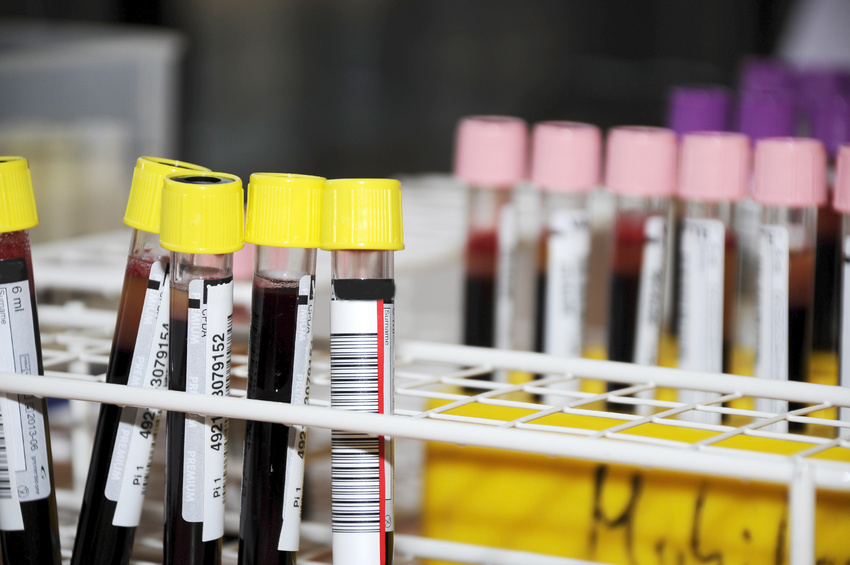First, the endothelium is the physical barrier of the circulatory organ.
Second, the endothelium serves as a membrane that allows permeation of nutrients and metabolites between plasma and interstitial fluid. It also transports protein and other macromolecules.
Third, the endothelium is where paracrine is secreted. Paracrine produced form the endothelium acts on the smooth muscle. Substances that induce vasodilation include prostacyclin and NO (nitric oxide). Endothelin-1 is a substance involved in vasoconstriction.
Fourth, the endothelium modulates generation of new capillaries (angiogenesis).
Fifth, plays a central role in reconstruction of vascular system by sensing signals or secreting paracrine to nearby cells.
Sixth, it is involved in formation and maintenance of extracellular matrix.
Seventh, it produces growth factors in response to injury.
Eighth, it secretes substances that control platelet aggregation and anticoagulation.
Ninth, it synthesizes active hormones from precursor cells (stem cells).
Tenth, it sends out or secretes hormones and other mediators.
Eleventh, it produces cytokines (proteins involved in immune cell signaling) related to immune response.
Twelfth, it influences smooth muscle differentiation in atherosclerosis.

Studies using HUVECs
HUVEC studies help develop cell therapies and stem cell research as well as clarify pathophysiological mechanisms of various diseases such as anemia and diabetes, etc. and develop new treatments for these conditions. Depending on the objective of the investigator, HUVECs can be treated under desired conditions to study morphological changes of cells, changes in cell factors, proliferation and apoptosis, etc. using bioengineering technologies. Such multifaceted approaches have produced valuable results.
A study on HUVECs was published in the prestigious science journal of Nature in July 2013. According to this study, whose results were cited in news articles, a miniature human liver was created using induced pluripotent stem cells (iPSCs).
Image 2. A HUVEC study published on Nature.
Dr. Takanori Takebe et al. of Yokohama City University College of Medicine reported that they differentiated human iPSCs into hepatic endoderm (iPSC-HE). Then, these cells were cultured with HUVECs and mesenchymal stem cells. HUVECs create blood vessels and mesenchymal cells act as a connecting link between cells. Culturing a mixture of these cells together for 4-6 days resulted in a liver bud.
DNA test results showed a DNA structure similar to that of an actual human liver. The investigators transplanted this organ bud into the head of an immunosuppressed mouse and observed that the transplant was vascularized in 48 hours. The liver bud was more easily acclimated to the host body than stem cell derived cells. The mouse’s albumin (a type of plasma proteins) levels were later observed to be raised. The metabolic rate for drugs only detoxified by the human liver was also elevated. These were evidence that the human liver transplanted into a mouse was functioning normally.
Such accomplishments are considered to further encourage in vitro studies of mechanisms and actions that cannot be studied in vivo.
iPSCs refer to archaeocytes that can differentiate into various cells of the human body. Embryonic stem cells are produced from a fertilized egg and, cloned embryonic stem cells are created from combining mature cells with human ovum. On the other hand, iPSCs are produced from genetic engineering of an adult’s mature cells. Shinya Yamanaka of Japan’s Kyoto University received Nobel Prize for the first discovery of iPSCs. This new technology is free from ethical controversy that often beleaguers embryonic stem cell and cloned embryonic stem cell research.
[Advertisement] FCR® (Fractional Prickle CoralCalcium Regentron) – Manufacturer: (www.illglobal.com)]
References
Takebe, T., et al. "Vascularized and functional human liver from an iPSC-derived organ bud transplant." Nature. 2013; 499(7459): 481-484.
Han, Y. F., et al. "Optimization of human umbilical cord mesenchymal stem cell isolation and culture methods." Cytotechnology 2013; 65(5): 819-827.
OH, I.S.,et al. " effect of growth factors on the secretion of MMP-2 from HUVECs " Science education 2000; 25(-): 113-119.





















